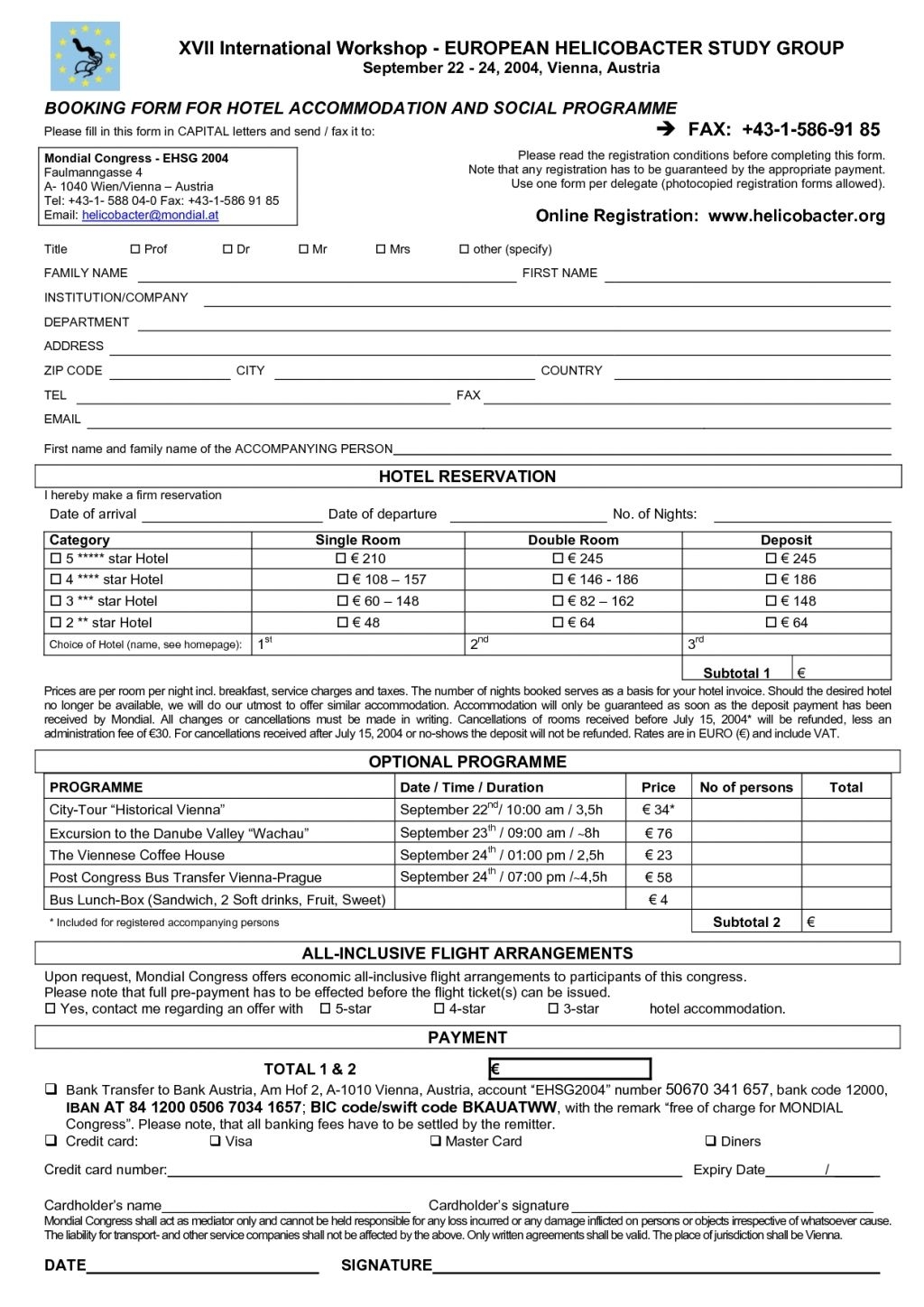

Note that although the tuition and fees deduction is no longer available, starting in 2021 the income limits for the lifetime learning credit have been increased so the credit is now available for more students.

The requirements state that the student must be the taxpayer, spouse or dependent. In this case, qualified means the loan was only for education expenses, not for other types of expenses. This college expense deduction lets you reduce your taxable income by up to $2,500 for qualified student interest paid during the year. Student loan interest is still tax deductible.The education must enhance or improve skills related to your trade or business or must be required by law. However, if you are self-employed you may be able to deduct education expenses. Before this change, you may have benefitted from a deduction if the education was required by your employer or by law. Work-related education expenses were previously tax deductible, but this deduction is not available for employees from 2018-2025 due to changes to itemized deductions with tax reform.Prior to 2021, you could generally claim the tuition and related expenses deduction if you paid qualifying education expenses for higher education, paid the education expense for an eligible student, and the eligible student was you, your spouse, or your dependent.

The deduction was 100% of qualified higher education expenses with a maximum of $4,000, $2,000, or $0, depending on the amount of your modified AGI and filing status. The phaseout for this deduction began at $65,000 ($130,000 for MFJ) for 2020. Such expenses must have been required for enrollment or attendance at an eligible educational institution. The tuition and fees deduction was an adjustment to income if you incurred qualified education expenses for you, your spouse, or your dependent. Tuition and fees are no longer tax deductible after 2020.ALE insurance is intended for situations where the dwelling is genuinely uninhabitable due to a covered loss.Given the tax changes in recent years, it’s important to check which college expenses are tax deductible or allow you to take a credit and which expenses no longer qualify. Voluntary Displacement: If you voluntarily choose to leave your rental property even though it remains habitable, ALE coverage may not apply.Government Action: Some policies exclude coverage for displacement due to government action, such as condemnation or regulatory actions that require you to vacate the property.Illegal Activities: ALE coverage typically does not apply if you are engaging in illegal activities.This may also include delayed repairs that caused losses.
#Additional living expenses receipt lodging windows
For instance, leaving windows open during a storm might impact the claim. Preventable Losses: If the insurance company determines that you could have taken reasonable steps to prevent the loss or minimize additional living expenses, they may deny ALE coverage.If the reason for your displacement is caused by an event not covered in your policy such as earthquakes or floods, you may need separate coverage for those events. Uninsured Events: ALE insurance is subject to the events covered in your renters insurance policy.It does not cover expenses related to regular maintenance or gradual wear and tear. Maintenance/Normal Wear and Tear: ALE insurance is designed to cover the costs of alternative accommodations when the rental becomes uninhabitable due to sudden and unexpected events.If the rental property was vacant or unoccupied at the time of the covered event leading to displacement, the insurance company may exclude ALE benefits. Vacancy: ALE coverage typically applies only when the rental property is occupied by the insured.


 0 kommentar(er)
0 kommentar(er)
